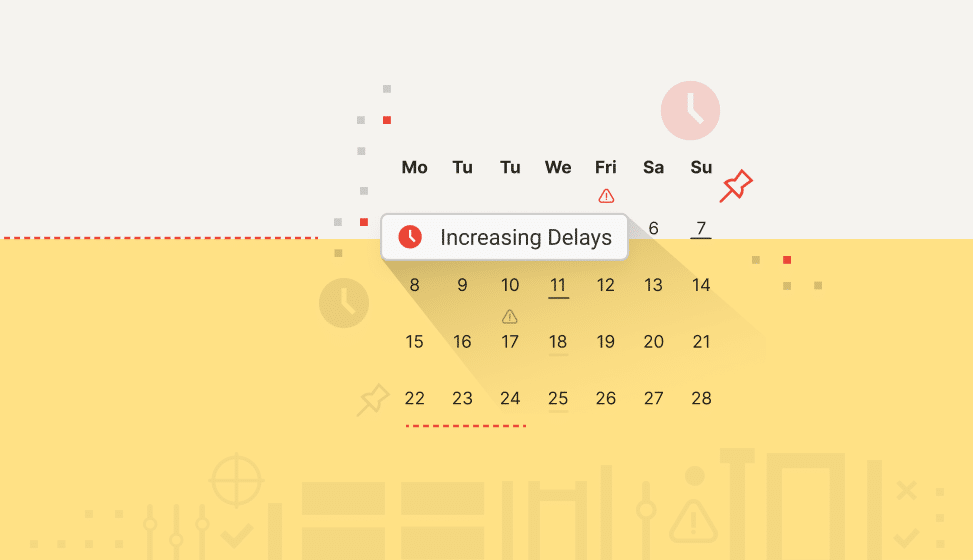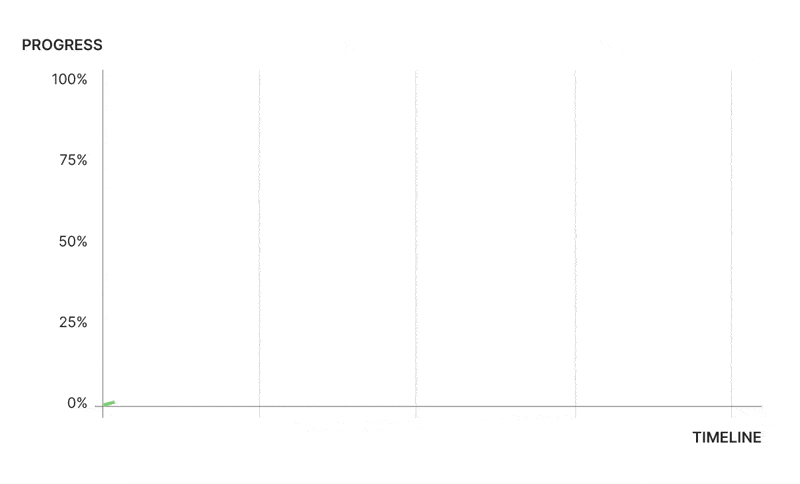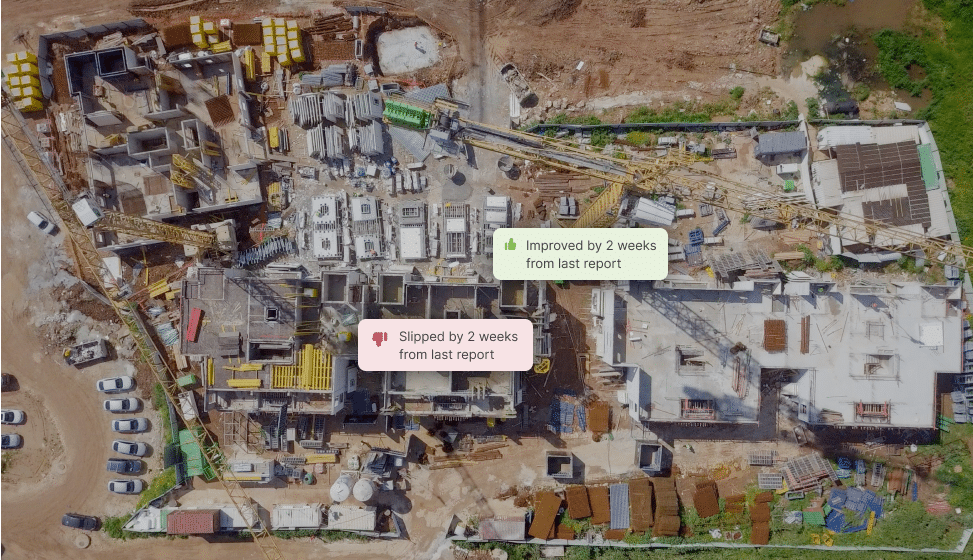The Reality of Construction Deadlines Overcoming False Hopes With New Strategies

While schedules are the backbone of each construction project, they can be a deceptive form of control. Initially, created schedules are prone to inaccuracies, and in the construction industry's pace, they are unlikely to get thorough validation during the early stages. This sets the stage for a series of complications.
As delays inevitably surface, a common response of the project team on site is to compress the schedule, attempting to squeeze in more tasks within the same timeframe. This approach, however, is like trying to chase our own tails and creates what is often called “schedule false hopes,” leading to poor performance and hindering accountability with trades and upper management.
The pitfalls of schedule control
The use of schedules as a control mechanism for on-site teams does not allow for essential feedback loops, further amplifying the issue. Often, in an attempt to ‘accelerate' progress, schedules are revised, but without a fundamental understanding of the underlying issues for the delay, like initial low work pace, revisions fail to affect real change. Instead, they perpetuate a cycle of unrealistic expectations, setting us up for failure.
The reality of revising project timelines
The following S-curve graph, taken from a real project that Buildots was involved with, showcases the gap quite well, illustrating the disparity between planned and actual progress. The striped area represents the project's actual progress, failing to align with the original schedule (the green line). In response, the team revised the work plan (the red line), hoping to complete more tasks in less time and meet the initial deadline.
This revised schedule dictates an overall 15% increase in the pace of work. However, without any significant changes in the workflow to facilitate this accelerated pace, the project continued along its original trajectory and reached the finish line behind schedule.
The effect of updating a schedule – and keeping up false hopes – means we acknowledge the problem way too late. This underscores the need for a more adaptive, dynamic, and realistic approach to project management.

Realizing the gap between original plans and actual progress (striped area), a revised plan (green line) assumes an ambitious 15% pace increase
So, what's the solution? We need a more robust approach
The answer lies in Performance-Driven Construction Management (PDCM). A management practice that pivots away from traditional schedule-centric approaches, focusing instead on real-time data and performance indicators to guide decisions on-site. By tracking actual on-site progress against key indicators and desired milestones, PDCM provides a more accurate picture of project status and realistic pace. It drives tangible improvements in project execution, showcasing its power to elevate Percent Plan Complete (PPC), boost production pace, and seal completion gaps. This enables teams to identify issues early on, preventing false expectations and the perpetual cycle of delays and inefficiencies.
Moving beyond timelines with PDCM
With clear, data-driven information, project teams are no longer misled by revised schedules that only offer a superficial sense of progress. With PDCM, project managers can dynamically assess and adjust critical operational factors such as work pace, location-based progress, and task completion patterns. This shift from a schedule-driven to a performance-driven management approach ensures that projects are not just completed on time but are managed more efficiently throughout their lifecycle.
In conclusion, while schedules will always be a part of construction projects, their role needs to be re-evaluated. By adapting PDCM as our project management framework, we can move beyond false hopes. We're using solid numbers to make smarter plans, work better, and hit our targets. PDCM isn't about going with the flow and hoping things will work out; it's about making sure they do.
Explore real-world applications of PDCM in construction with our whitepaper. Download now to see how it transforms project management practices.



